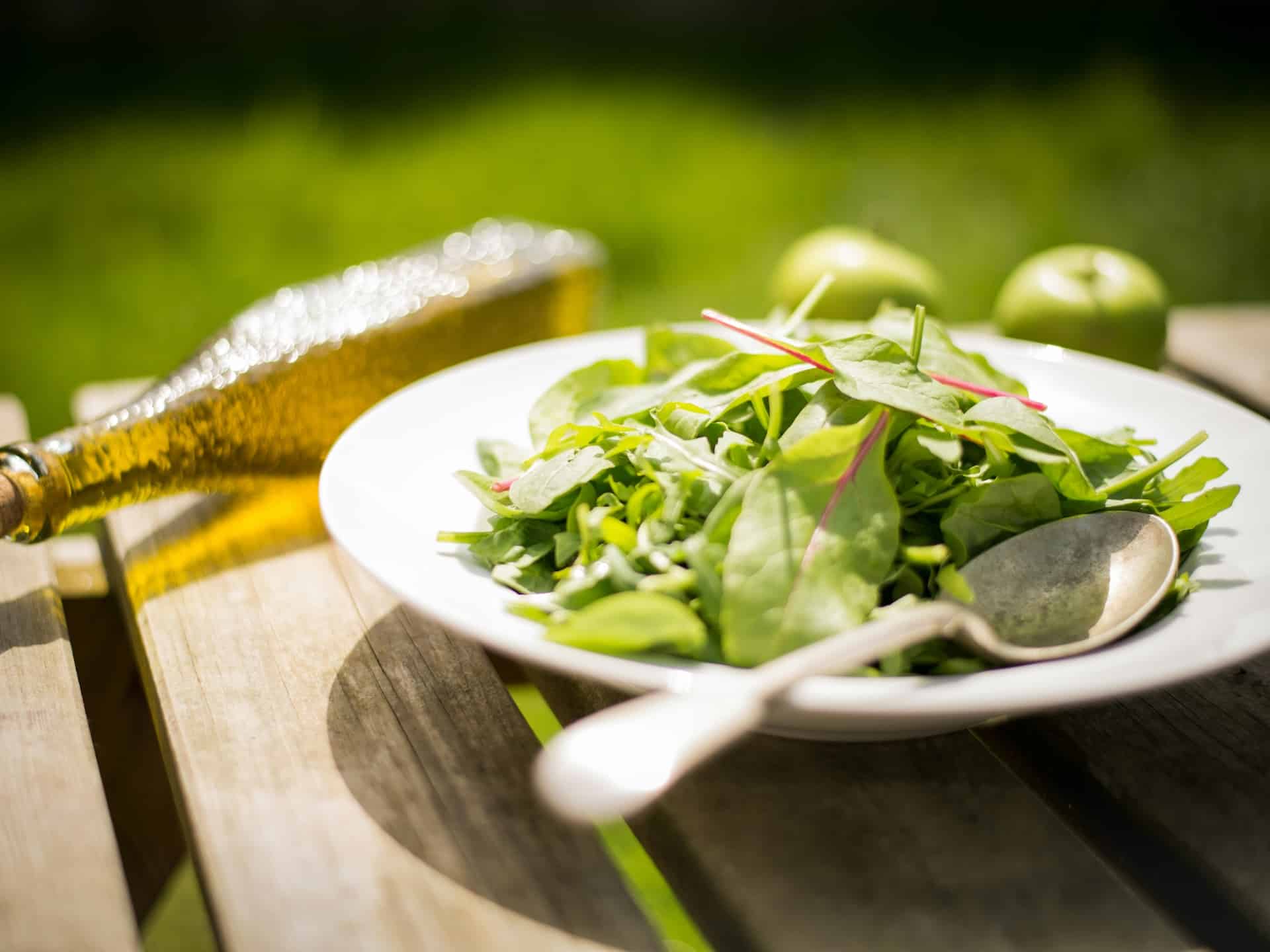
Two thirds of the population are infected by a bacteria called Helicobacter pylori. The majority of those infected will neither get sick nor have symptoms. In fact, you won’t even realize that they carry it in your stomach, even though Helicobacter pylorIt is usually contracted in childhood.
Precisely for this reason it is important to be attentive to its symptoms, since this spiral-shaped microorganism is the main cause of stomach ulcers or peptic ulcers. BesidesAccording to the International Agency for Research on Cancer, it has a direct relationship with stomach cancer. On the other hand, a recent post It refers to a higher incidence of Alzheimer’s disease in patients infected with it.
What is he? Helicobacter pyloria?
he Helicobacter pylori It is a bacteria that can infect and grow in the stomach mucosa. Although the acid in that organ prevents most bacteria from living there, “the Helicobacter pylori It can neutralize this acidity and survive,” says María Bienvenida Gómez Sánchez, dietitian-nutritionist at the Nutrition Unit of the Endocrinology and Nutrition Service of the Reina Sofía General University Hospital in Murcia and full member of the Spanish Academy of Nutrition and Dietetics.
This bacteria also has other peculiarities. “It is capable of penetrating the stomach mucosa, binding to the cells that line it. In this way, it prevents the immune system from destroying it, since it cannot reach the stomach lining,” confirms Gómez Sánchez.
How is it spread? Helicobacter pylori?
Direct contact with saliva, vomit or feces are the most common forms of infection. Another form of contagion is the ingestion of contaminated food or water. For this reason, the expert recalls that the recommendations to prevent infection include “good hand hygiene, especially after going to the bathroom and before handling food, as well as drinking water from a safe source.”
Symptoms of infection with Helicobacter pylori
The symptoms of Helicobacter pylori They are very varied, although they are usually related to peptic ulcers and gastritis. These are the most common:
- Inflammation, pain and heartburn, with belching and reflux, sometimes.
- Feeling of early satiety and nausea or vomiting.
- Some patients notice that the pain decreases with ingestion and increases on an empty stomach.
- Involuntary loss of weight and appetite, weakness or anemia.
- Dark stools. In fact, one of the frequently asked questions for diagnosis is usually what color the stool is with Helicobacter pylori.
This is how it is diagnosed
To diagnose the Helicobacter pylori There are invasive and non-invasive methods. Among the first, we find gastroscopy to visualize and biopsy the gastric tissue. Among the non-invasive methods are the blood test, which measures the antibodies of the bacteria, the urea test in expired air, or the detection of antigen in feces.
Relationship between bacteria and gastritis
The presence of Helicobacter pylori in the stomach causes a mucosal inflammation. “It’s what we call gastritis. The risk of complications increases if the infection remains, leading to ulcerations, gastric lymphoma and even gastric cancer. If gastritis progresses to atrophic gastritis, which is a generalized chronic inflammation of the stomach mucosa, the ability to secrete hydrochloric acid, necessary for digestion, and even intrinsic factor, a substance necessary for the absorption of vitamin B12, is lost. . ”, explains the expert.
Foods that can be eaten
Once diagnosed, two questions usually appear on the table. The first is ‘I have Helicobacter pylori‘Can I infect my family?’, which we have already seen can be avoided with adequate daily hygiene. The second affects the diet. “Diet plays an important role in reducing digestive symptoms and improving the gastric mucosa. As it is an infection in the stomach with inflammatory and irritative symptoms, the indicated diet is a soft one that is easy to digest or provides gastric protection,” says the nutritionist, especially in acute phases.
On the other hand, it is advisable to reduce the volume of food, increasing the number of meals per day. And opt for gentle preparations, such as steaming, boiling, baking or grilling, the latter two at gentle temperatures and with very little oil.
The diet for those diagnosed with Helicobacter pylori with symptoms includes:
- Cereals, such as bread, rice, pasta, quinoa or couscous.
- Ripe banana and other fruits, cooked or baked.
- Cooked and non-flatulent vegetables, such as zucchini, pumpkin, carrots, eggplant, leeks or green beans.
- Potato and sweet potato.
- Lentils can be consumed, but without skin or crushed and passed through a Chinese strainer, just like peas.
- White meats, such as chicken, turkey or rabbit.
- White fish, such as hake, sole, cod or rooster.
- Eggs.
- Low-fat and low-lactose dairy products, such as fresh cheese, cottage cheese, yogurt or kefir.
- Vegetable alternative drinks to cow’s milk, such as rice, oat, soy or almond milk.
- As a source of fat, raw olive oil and avocado.
Prohibited (or, rather, discouraged) foods
Dietitians-nutritionists avoid the concept of ‘forbidden foods’ for Helicobacter pylori and prefer to point out that there are foods that should be consumed merely occasionally within a specific diet for this infection. In this sense, foods that promote irritation and inflammation of the gastric mucosa should be avoided. Among them:
- Citrus fruits and raw fruit.
- Spicy, alcohol, carbonated drinks, exciting products, such as coffee, cocoa or tea.
- milk with lactose
- Raw and flatulent vegetables, such as cabbages, broccoli or artichokes.
- whole grains
- Foods with a high fat content, as they slow down digestion, such as creamy cheeses, red meats, sausages, pastries or pre-cooked foods.
- Preparations with a lot of oil, such as fried foods, battered foods, breaded foods and gratins.
Treatment: When do the effects begin to be noticed?
The treatment against Helicobacter pylori es una combination diet and pharmacology. The latter “seeks to reduce the symptoms and eradicate the bacteria. It consists of a proton pump inhibitor associated with two or three antibiotics.”
The role of diet is to help reduce digestive discomfort. It can be complemented with “probiotics, which increase the elimination rate of the bacteria, reducing the side effects of antibiotics at the intestinal level,” says the dietitian-nutritionist.
It is important to keep in mind that its remission is sometimes very complex, since in the last twenty years, this bacteria has shown an increase in resistance to antibiotics.
Is there a definitive natural cure?
The dietitian-nutritionist’s response is categorical: “No. Natural products should never replace antibiotics or the rest of the pharmacological treatment. They could be used in combination with these, but it is not recommended to use an exclusive alternative therapy, since it would not eradicate the infection and the symptoms would worsen.”
Can you play it again? Helicobacter pylori?
Unfortunately, it is possible to have twice Helicobacter pylori. Gómez Sánchez explains: “Reinfection can occur due to a different strain than the first one that had already been eradicated. Or the same strain that had remained undetectable after treatment may be reactivated. For this reason, it is very important to complete the antibiotic treatment and adhere to its schedule so that resistance is not created,” he concludes.
Diet for him Helicobacter pylori
Once again, dieticians-nutritionists insist that there is no diet per se that fights the infection, nor cures it. The purpose of pausing a specific diet is to mitigate the symptoms, or allow the patient to better cope with the symptoms of this disease.
María Bienvenida Gómez Sánchez has prepared an example of a menu to follow in acute phases if you have been diagnosed with Helicobacter pylori:
| Menu example for Helicobacter pylori | |
| Breakfast | Kefir and avocado and fresh cheese toast |
| Media tomorrow | Baked apple without added sugar |
| meal | Defatted noodle soup. Green beans, carrots and potatoes with steamed hake Pear compote Toast bread |
| Snack | Yogurt and ripe banana |
| dinner | Zucchini and potato cream French omelet Yogurt Toast bread |
The ALDI Council
Foods have nutritional compounds or not that, in some cases, can interfere with the absorption or use of nutrients from other foods. If in doubt, consult your dietitian-nutritionist or your family doctor.

Paula Jakszyn Filosof. Member of the Spanish Academy of Nutrition and Dietetics. She has a degree in Nutrition from the University of Buenos Aires, a master’s degree in Public Health and a doctorate in Health and Life Sciences from the Pompeu Fabra University. She is a Senior Researcher in the Nutrition and Cancer Unit of the Catalan Institute of Oncology. The main lines of research of this group are: Dietary carcinogens, Homeostasis and iron overload, and Inflammatory potential of the diet in relation to the risk of cancer and other chronic diseases. This group has projects funded by National and International entities, such as the ISCIII and entities related to nutrition and cancer such as the World Cancer Research Fund. She is the author of more than 70 publications in high-impact magazines. She currently works as a professor of Nutritional Epidemiology in the Master of Public Health at the Pompeu Fabra University and as a professor of the subjects of Community Nutrition and Diet Therapy in the Nutrition degree at the Blanquerna Faculty.







